Dynamic Effects in Bubble Particle Collision
Rendering a solid hydrophobic and solid-fluid particle attachment in flotation are recognized is not necessarily related. The attachment is governed by forces of attraction and repulsion which need to be considered. The induction time required for attachment after solid and fluid particle are brought into proximity illustrates the point. Thinning and Rupture of the Disjoining […]
Design of Ponds and Embankments – Cyanide
Most existing impoundment ponds and dams leak effluent into the soil or rock upon which they are constructed. However, proposed environmental legislation will require very stringent control on the release of toxic effluents such as cyanide. More exacting investigation, design, and construction techniques than have been used in the past will be required to satisfy […]
Pellet Degradation & Effect on Blast Furnace Performance
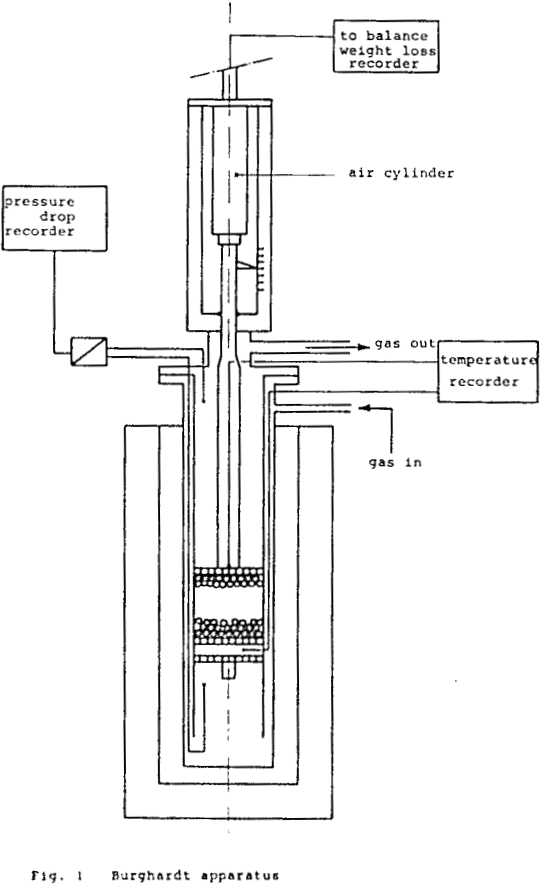
A full survey of the laboratory and blast-furnace tests on 2 types of acid pellets is given. From the laboratory tests out in an atmosphere containing hydrogen, it appears that type B, produced out of 100% magnetitic ores, has a far better low temperature disintegration index and a lower reductibility index than type A, produced from […]
Copper Recovery from Reverberatory Slag
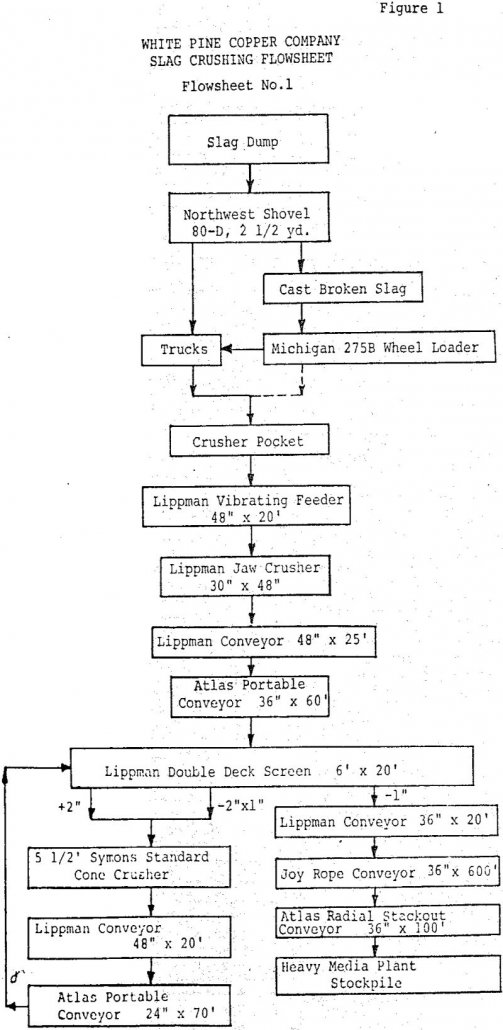
White Pine reverberatory furnace slags contained economically recoverable amounts of copper for a variety of reasons. Among them: White Pine concentrates yield extremely high matte grades (65+% Cu) and viscous slags. The viscous slags hinder matte settling causing matte “prill” entrapment in the slag. White Pine’s total refined copper output is accomplished through fire refining […]
Copper Precipitation Process
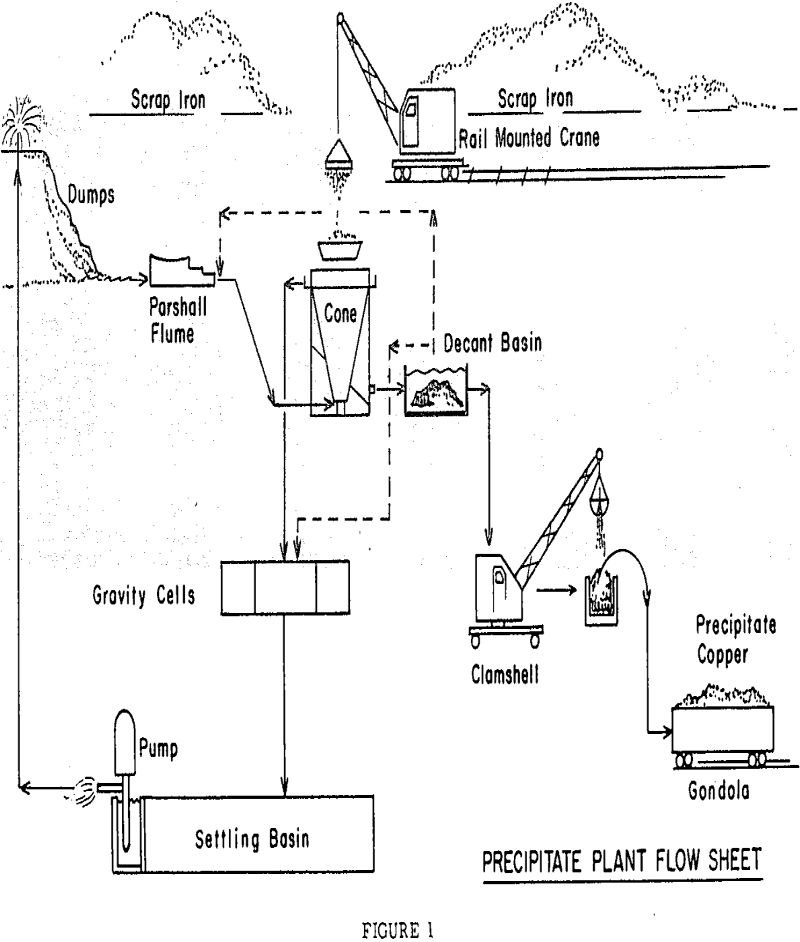
The system provides the following functions: (1) assays for copper and iron from ten process streams on a continuous rotating basis, (2) directs hardware to automatically flush and start up cone units based on measured performance variables, (3) provides continuous plant operating data and calculates metallurgical averages as well as production figures for shift and […]
How to Control a Grinding and Classification Circuit
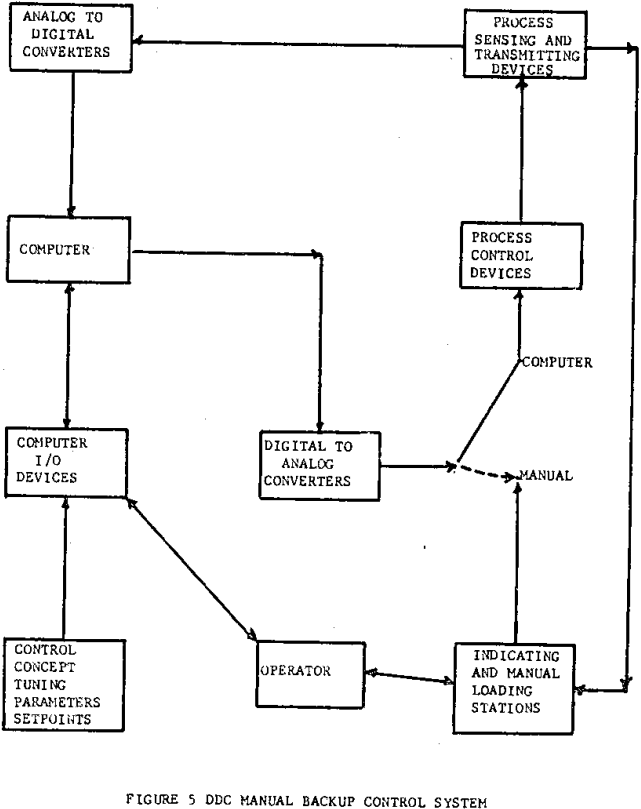
The system chosen has a “fill in the blanks” process control compiler that permits the control loops to be constructed at the system teletype in the conversational mode. The control loops are constructed by linking together various computational and control blocks (which are control algorithms) to achieve the desired control. There are twenty odd blocks […]
Coal Drying Methods
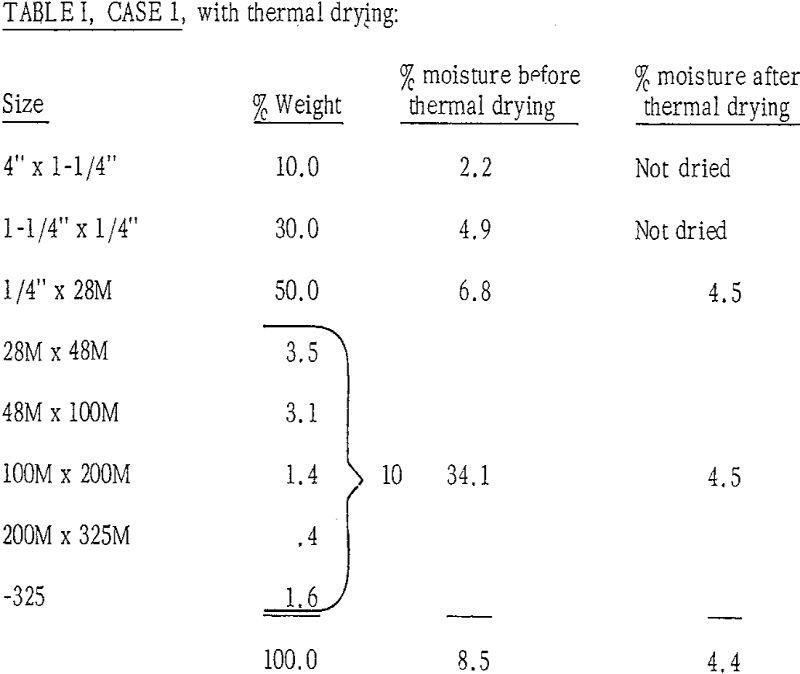
In the past, it has more or less been a general rule that any time the total product is being washed, both mechanical and thermal drying was required. The reason for this was that a product moisture of 3 to 4% was required and thermal drying was and is the only practical method by which […]
Chemical Oxidation of Cyanide by Ozone
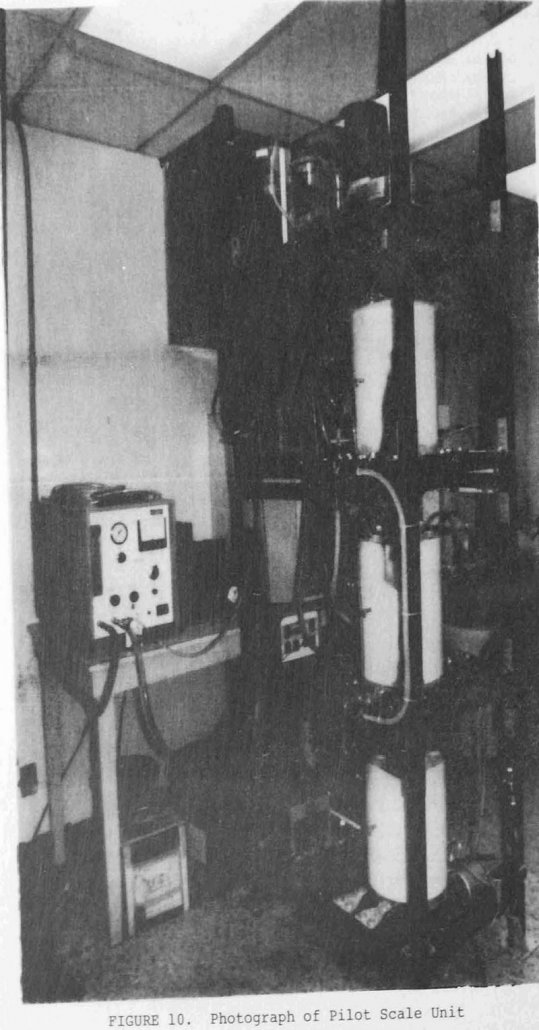
Before the work was started, a review was made of possible oxidative and disposal processes, including: evaporation, ponding, lime-sulfur treatment, acidification-aeration, ion exchange, biological oxidation, permanganate oxidation, dichromate oxidation, hydrogen peroxide oxidation, electrolytic oxidation; but it was obvious that only ozone and alkaline chlorination had any significant potential for this application. After selecting ozone as […]
Centrifuge System
The unit consists of two rotary carriers between which there is a mounted series of independently rotatable slurry receiving baskets which are circumferentially spaced and, therefore, during rotation of the carrier, orbit about the axis of rotation of the carrier. The speed of the rotating carrier plates determines the centrifugal force available, while the speed […]
Nickel Cementation onto Iron
Nickel ores may be classified into two major categories : sulphide ores, and oxidized lateritic ores, these latter containing nearly 80% of the known reserves of the metal. Unfortunately, no economically viable process for the concentration of nickel from low-grade deposits has yet been developed, and so only the high grade ores are able to be […]
